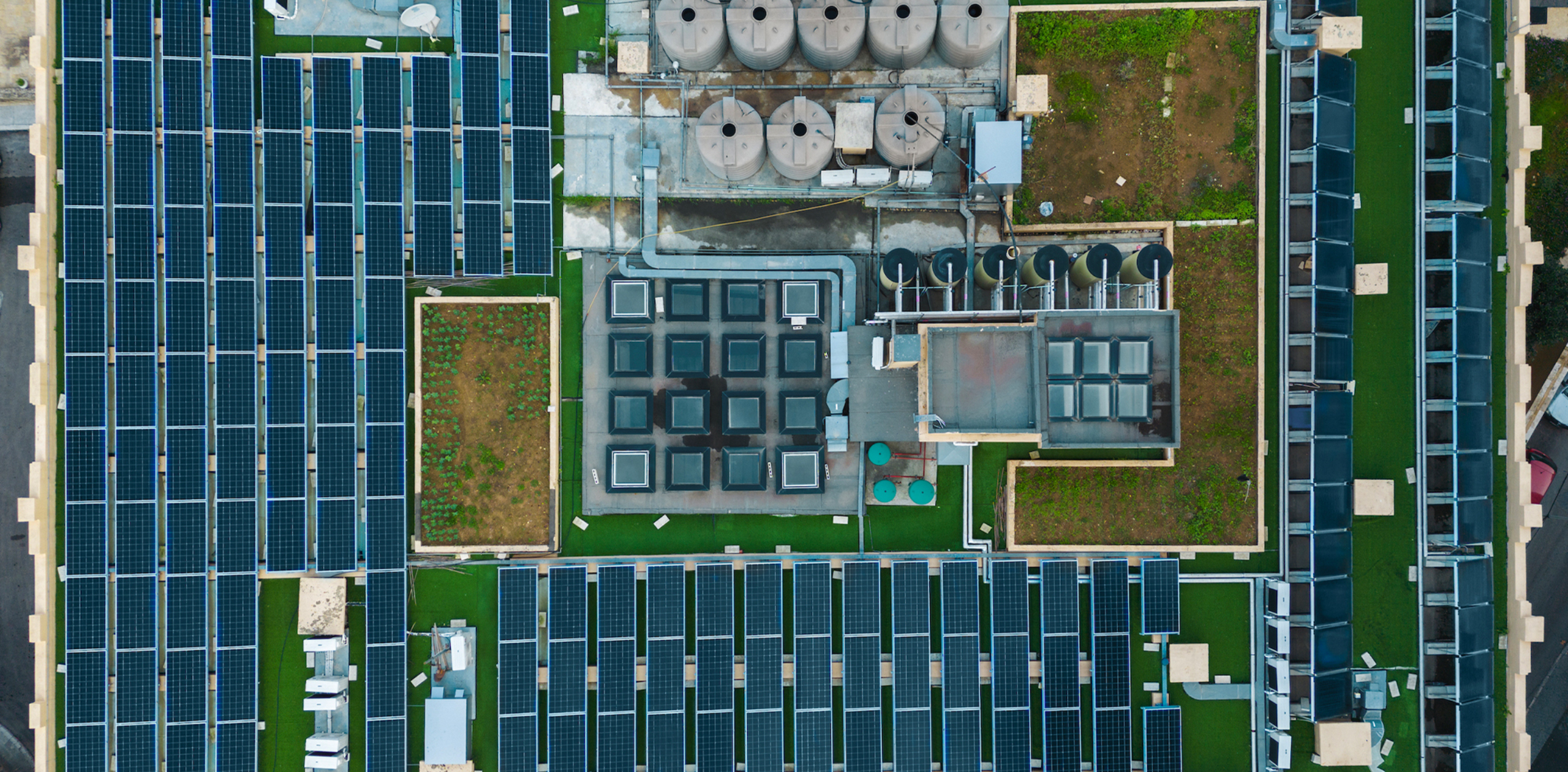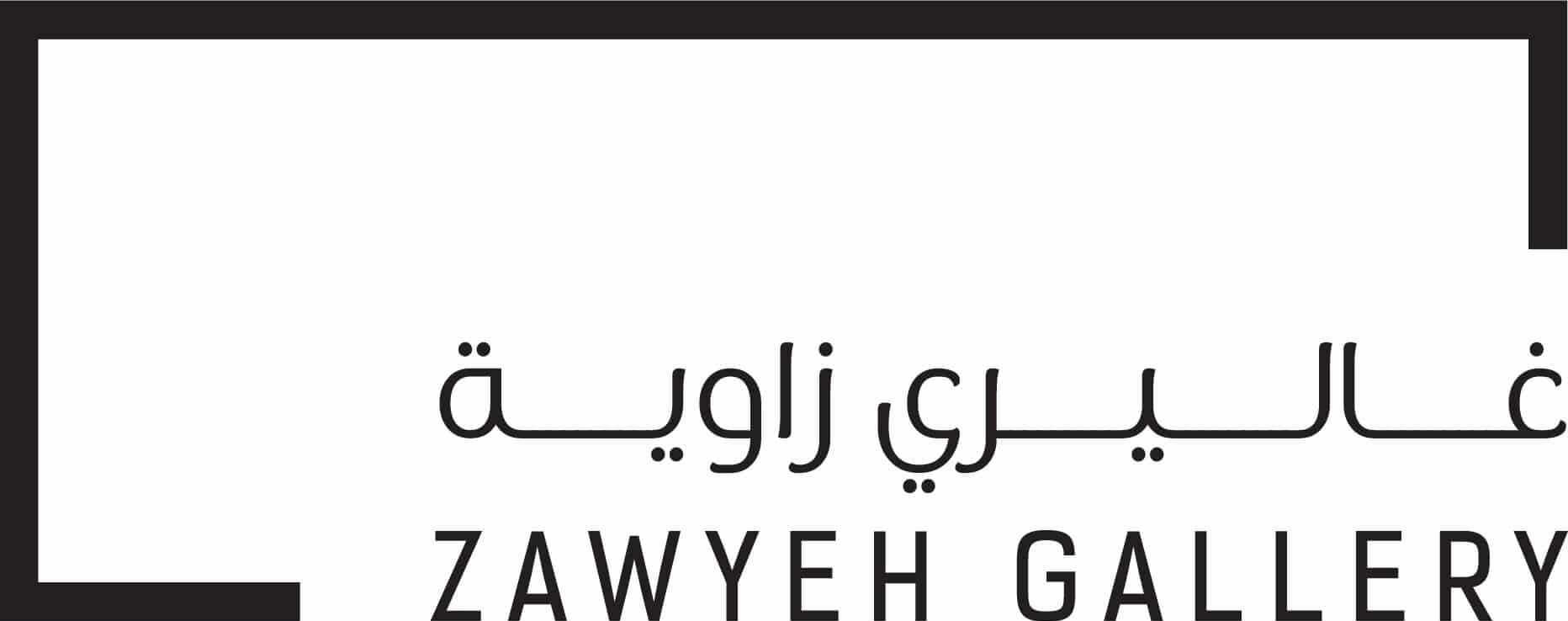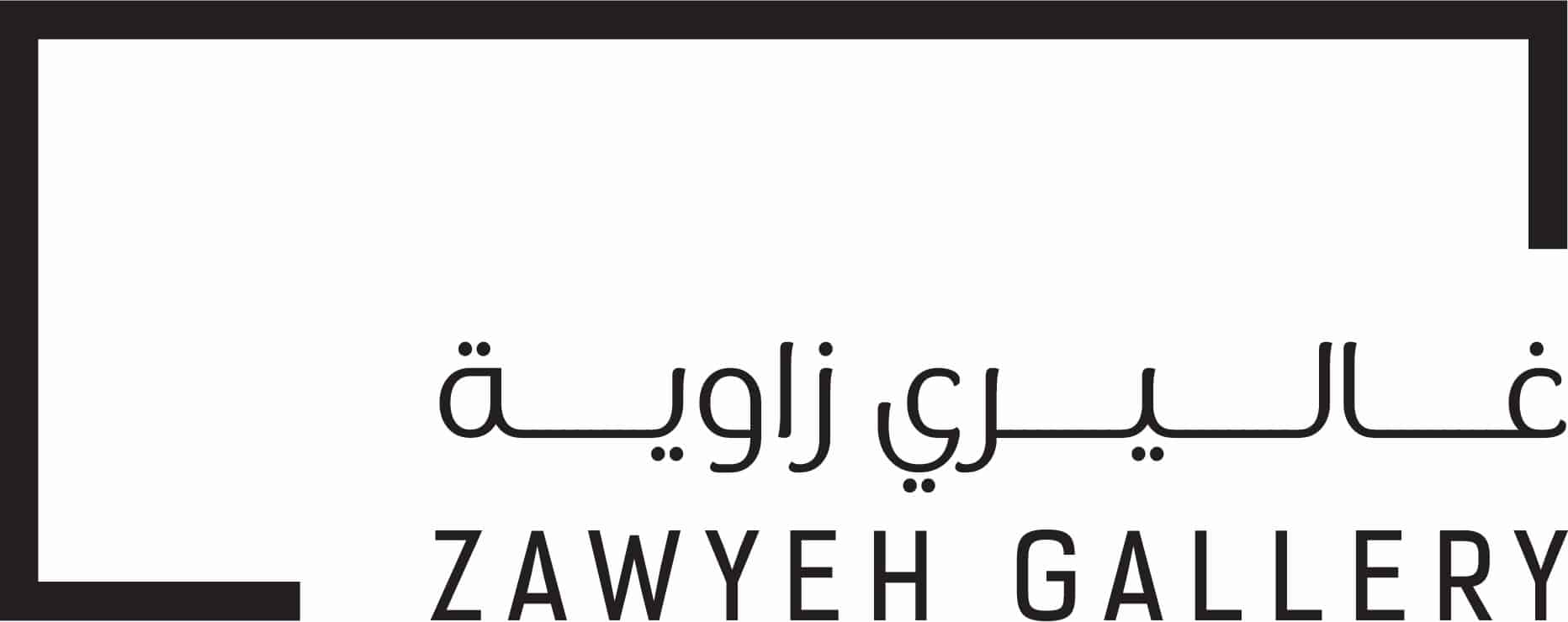
.hidden { font-size: 0.00001px; }
Utilities by Dia Mrad
11 January – 22 February, 2023
Utilities Dia Mrad
Location: Dubai
Utilities seeks to excavate and document the multilayers of Beirut’s economic collapse and employs an ethnographic lens to explore the material manifestations of the crisis across the city’s urban fabric. The project unearths the material infrastructural apparatus that is emerging as a response to socioeconomic conditions; solar panels, water tanks, private generators, and prison-like façades of banks are all elementary fragments of this apparatus.
“(…) Artifacts, things, etc., actively shape, impact and transform the perception – and consequently understanding – human beings have of the world in which they dwell” (Kirchhoff, 2009). The artist thus seeks to excavate the built environment and record, through his lens, the many artifacts of Lebanon’s economic crisis. The orthodox definition of an artifact entails a man-made object that reveals a way of life in a specific space at a specific point in time. According to this view, the economic crisis in Beirut would be attached, inscribed, or embodied in objects like solar panels. Utilities captures and isolates these contemporary artifacts, not for the sake of decontextualization, but to consider these utilities as more than simply a representation or manifestation. The artist explores how these artifacts themselves are the economic crisis, blurring the lines between the signifier and the signified.
Already immersed in Beirut’s social and urban landscape as an inhabitant and artist, Dia Mrad’s work can be classified as an ‘ethnography at home’ that pushes us to think through objects. Ethnographic fieldwork not only requires its practitioners to engage with people but also with their things. The artist’s practice advances this idea further by focusing on the material urban landscape as a site of socio-political and economic phenomena.
Lebanon’s multidimensional crisis did not occur overnight but is rather a product of a decades-long political and economic policy build-up. A network of interdependent private interests shaped Lebanon’s post-war economic model, leading to its collapse. After fifteen years of war (1975-1990), a rent-seeking economy relying on the real estate and banking sectors has eroded state infrastructure and utilities in favor of their privatization. The collapse of this model in 2019 led to severe socio-economic consequences, which were only compounded by the COVID-19 pandemic and the Beirut port explosion in 2020; Lebanon is now a site of one of the world’s worst economic crises since the 1850s.
The manifestations of the crisis in people’s daily lives are partially shared and sporadic across households, neighborhoods, and social classes. Across the board, individuals could not sit passively against the failure of state services and lack of basic utilities and had to find alternatives. As the supply of state-generated electricity is now limited to a couple of arbitrary hours, many turned to and completely relied on private generators which offer a more systematic outage schedule. This reliance comes at a price as extremely high bills are being charged in US dollars, rather than the collapsed national currency, rendering the cost of this basic utility over 400% more expensive.
As a result of the collapsed energy grid, residents of Lebanon have resorted to solar power as a more viable alternative. In Beirut and beyond, any view from an elevated standpoint can testify to the bourgeoning of solar panels on rooftops; you would quickly notice added patches of a dark-blue layer supported by metallic structures in the already chaotic urban landscape.
Failures in the infrastructure extended to incorporate another vital utility, water, as open sinks releasing only a few drops of water inside flats indicate yet another shortage. Residents turned to private water companies to fill their buildings’ tanks or even their private individual tanks, all of which sit on the rooftops, a recurrent stage where the crisis is playing out materially. Water trucks can be spotted parked on the streets with thick black hoses sticking out and extending up to the top of buildings where the filling takes place.
The individuals’ determination to provide for themselves further revealed itself with the banks, in which deposits and savings are withheld as their value evaporates. Since the outset of the economic crisis, banks transformed into sites of volatile hostility and became heavily securitized and even militarized. Long waiting lines emerged outside banks and ATMs as depositors await to withdraw what little they are allowed to from their imprisoned savings. Such scenes take place under the cautious gaze of private security and police officers. Banks are also heavily guarded with metal sheets that completely wrap the façades of the building, further insinuating a fear of deposited money breaking out of its confines. Such security measures came as a response to collective practices of force such as vandalism and break-ins committed by protestors, as well as the almost-daily incident of armed depositors breaking into a bank and holding staff hostage until a requested amount of cash is set free.
These cracks and traces of Lebanon’s economic crisis have become very visible in the social, cultural, and urban fabrics of the city, transforming the lived realities of inhabitants and ushering them into new modes of survival.
.hidden { font-size: 0.00001px; }
Utilities by Dia Mrad
Join our Newsletter
Sign up for our Newsletter and get all the latest news

